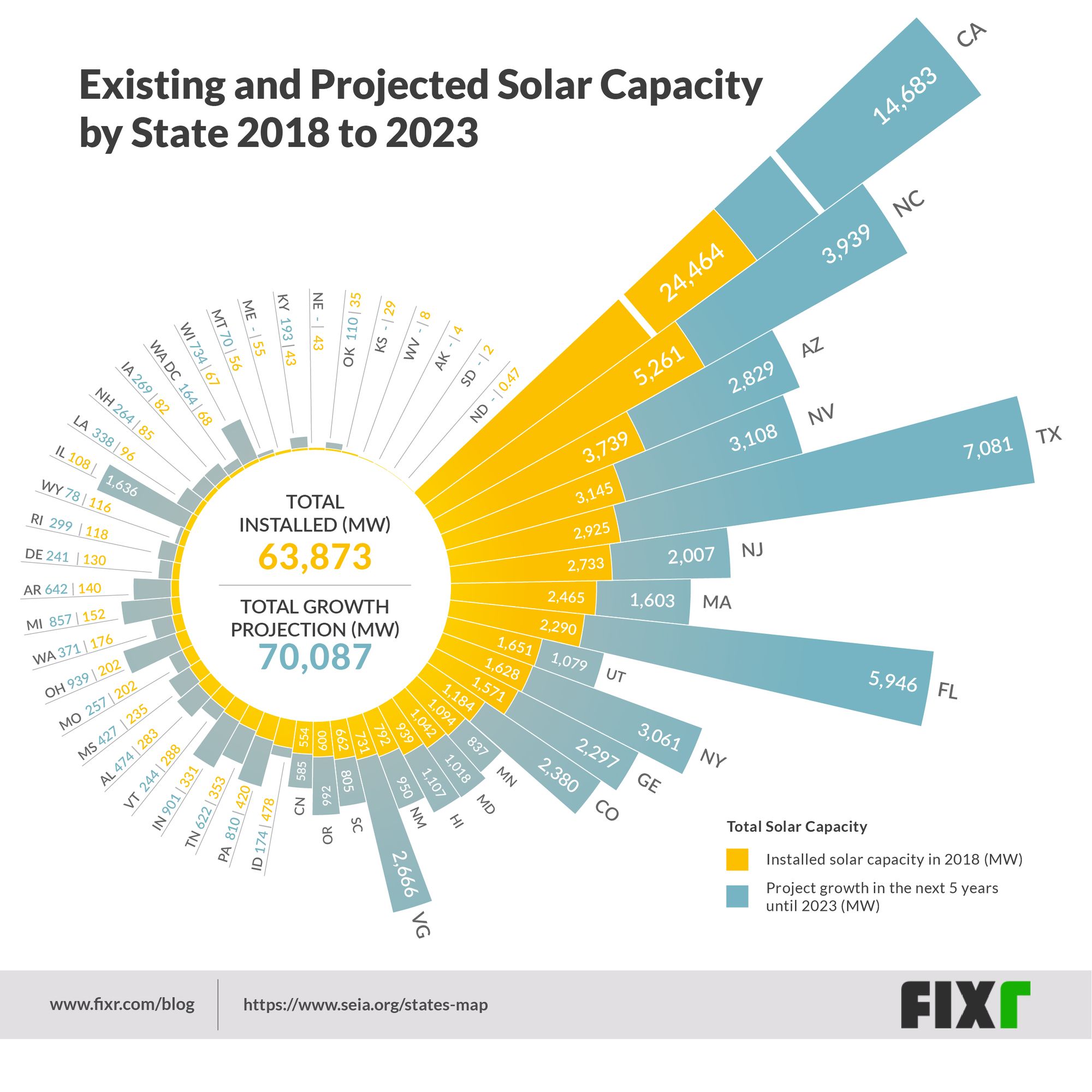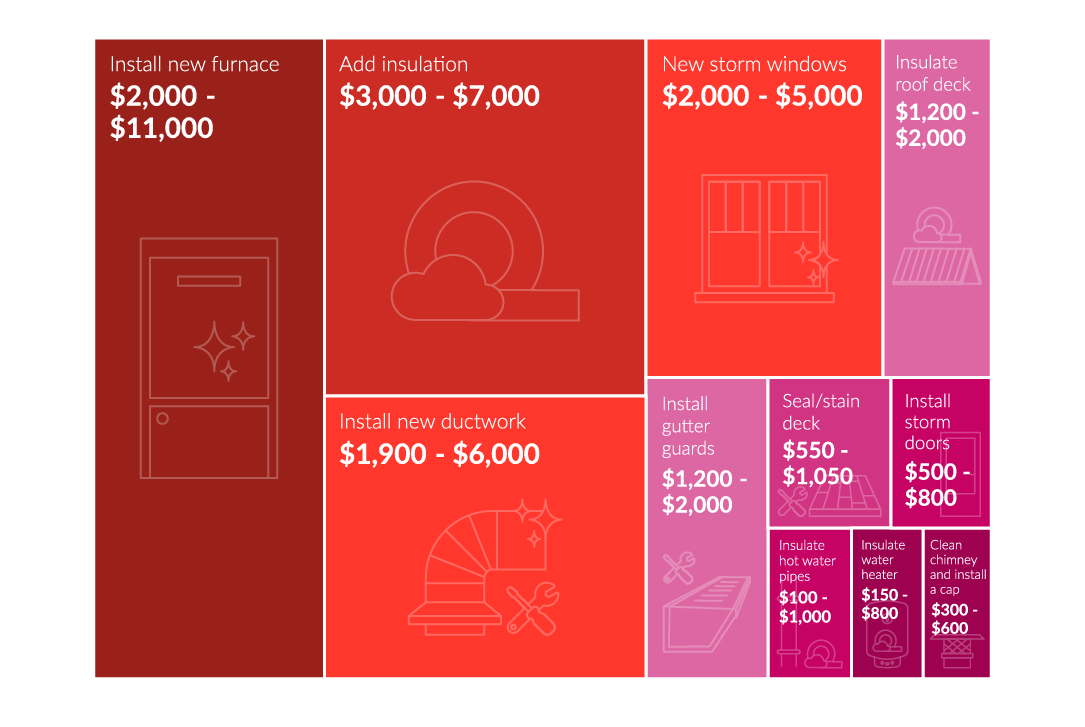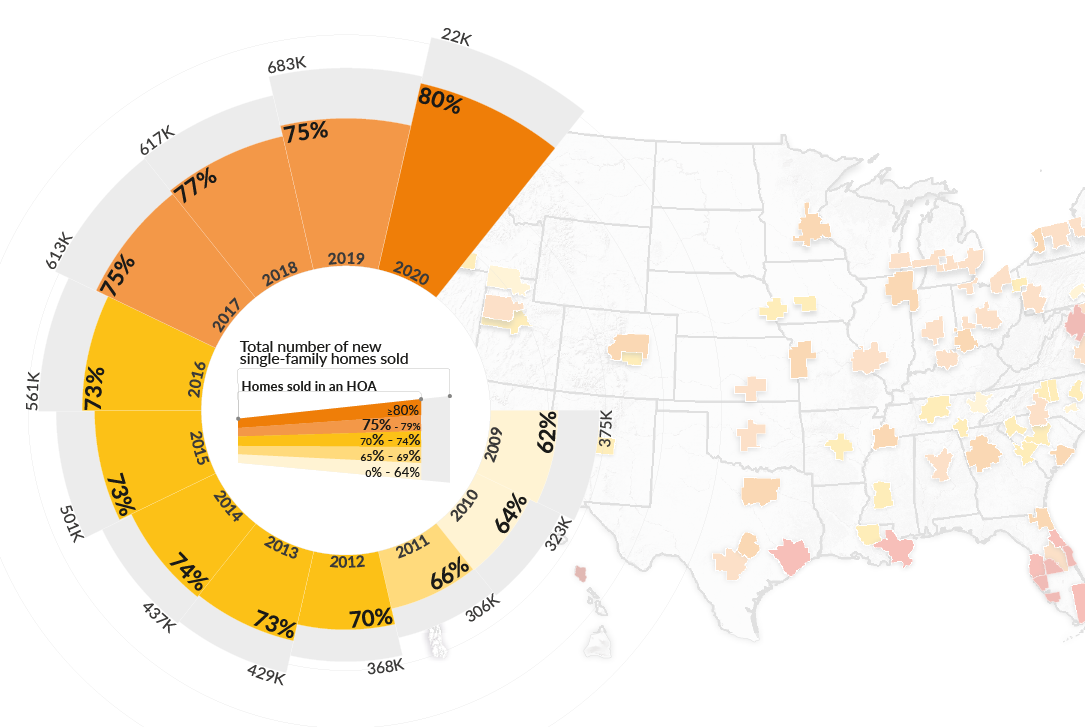Solar energy has been gaining a lot of interest in the last decade as photovoltaic technology has improved and costs have become more realistic for consumers. Both national utility and domestic installations have increased throughout the country and according to the IEA Renewables 2017 report, the U.S ranks in second place in the world after China, with regard to total cumulative installed capacity. We decided to take a look at the total solar power capacity by state, as it stands now, and at projected growth until 2023, to see how realistic it is for homeowners to get involved.

California gets first prize in Solar capacity
We used information from the Solar Energy Industry Association (SEIA) to create the above graphic, to help identify which states currently harness the most solar power as well as what kind of projected growth in solar capacity is expected over the next 5 years. Total solar capacity gives an indication of the size of the solar industry in each state. Factors such as federal and local incentives and rebates, electrical costs, and product costs, will all also affect the cost to the customer at this stage.
California is winning the race by a mile, with a total installed solar capacity of 22,777.17MW, with North Carolina, which is second in line, managing barely 20% of California's total with only 4,490.60MW of solar capacity. Third place goes to Arizona with 3,613.06MW.
There are only 12 states that currently have a solar capacity exceeding 1,000MW, which, apart from the above, include Nevada (2,657.73MW), Texas(2,623.51MW), New Jersey(2,526.33MW), Massachusetts (2,225.85MW), Florida (1,942.91MW), Utah (1,626.99MW), Georgia (1,556.33MW), New York (1,462.93MW) and Colorado (1,055.17MW).
The remaining states steadily decline in solar capacity, with their combined total solar output less than half the total of California alone. The last five states all total well below 10MW, with West Virginia at 6.56MW, Wyoming at 2.46MW, Alaska at 2.24MW, South Dakota at 1.47MW and lastly, North Dakota at a terribly low (though unsurprising climatically) 0.33MW total capacity.
A Look at What Total Solar Capacity Means To You
As mentioned above, looking at solar capacity alone does not give a clear idea of the solar industry per state. One also has to consider government grants, local product and labor costs and accessibility, local sunshine exposure, and the actual population size.
It is important to note that the cost to install solar panels varies significantly depending on where you are. Also, each state offers a unique set of solar installation incentives which will affect that total. Finally and perhaps most importantly, the system eventually will pay for itself, so, unlike most technology and appliances for your home, you will get a return on your investment.
Installation
Once you consider the above costs and cost-cuts, you’ll begin to see how these other factors affect the big picture. For instance, according to Energy Sage, while California has the highest solar capacity, the average installation costs for a 6kW system will set you back $13,566, while Florida, which ranks ninth regarding capacity, offers the best rate at $10,584. Rhode Island has the highest installation cost at $14,448.
Incentives
With regard to state specific incentives, Massachusetts, New Jersey, Rhode Island, Maryland, Washington DC, Connecticut, Vermont, New York, Colorado, and Minnesota offer the best financial aid to residents. This, despite the fact that, or maybe because, the majority of them have a current solar capacity of less than 1,000 MW installed, and they see the value in increasing that number. Given that some states offer very attractive incentives, those specific to your state may have a big impact on your final decision to install solar, so they’re worth researching.
A Final Look at the Benefits of Solar
According to SEIA, prices have fallen 43% in the last 5 years, also, at the end of 2021 the 30% federal tax credit on your solar installation is set to fall away, so now more than ever is a good time to get onboard the solar train. Also, according to Energy Sage, the average solar system will take just 7 years to pay for itself.
Another benefit is that the solar sector already employs more people than any other energy sector and this will only continue to increase as the sector grows, creating more jobs nationwide, positively boosting the economy.
Finally, don’t despair if your state isn’t head of the pack, though California is winning in terms of total capacity, smaller states could end up winning this race. For instance, Hawaii has pledged to hit 100% renewable energy as their power supply on or before 2045. As a result of their smaller size, implementation of legislation is easier for these states, making them the states to watch.
A little research and some investment could end up saving you significantly when it comes to energy costs, and you could even end up earning from excess solar power that you can sell back to your local energy company, so solar is definitely worth a look.




